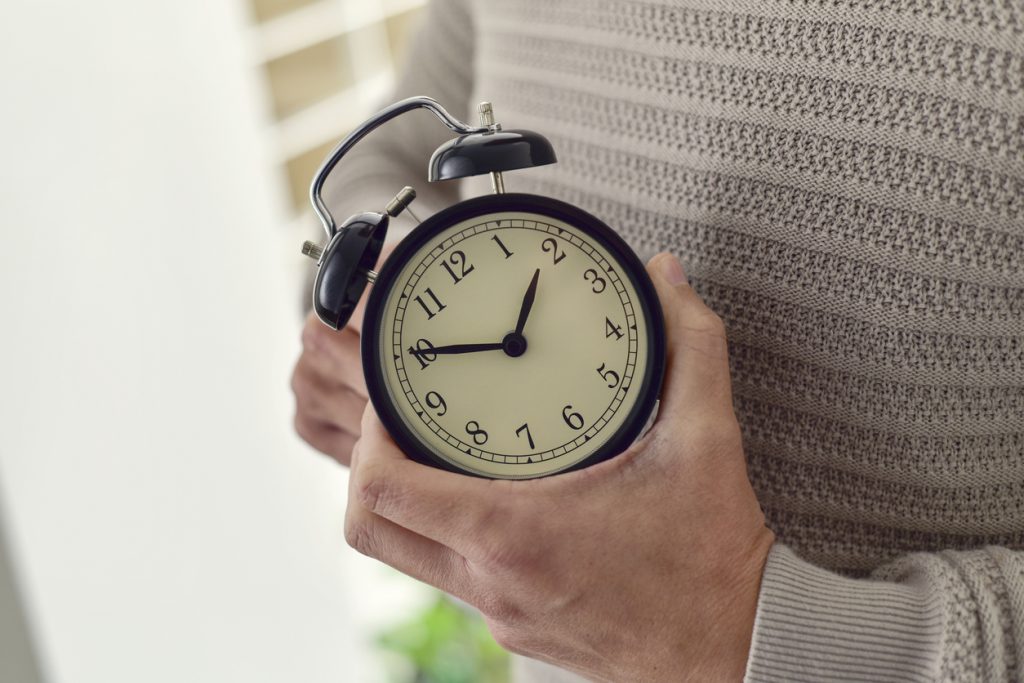Is your schedule still reeling from last weekend’s big Daylight Saving Time switchover? DST has a long history of throwing the entire country out of whack.
A 2010 poll found that almost a third of all Americans say they’ve been late—or early—because they were confused what time it was because of a Daylight Saving Time change.
Between the World War I rollout of DST, and the 1966 Uniform Time Act that established official start and end dates, cities and states could and often did choose to opt out of changing the clocks, or they could change them how they saw fit. For example:
Iowa isn’t a very large state, and yet by 1965, there were 23 different DST start dates on record.
St. Paul, Minnesota, started saving daylight two full weeks before Minneapolis, its “twin city.” That meant a two-week period where the Twin Cities were an hour apart…clockwise.
Even more absurd: a 39-mile bus ride from Steubenville, Ohio, to Moundsville, West Virginia, might have technically qualified as time travel: The ride took less than 45 total minutes, but in the ‘60s involved seven time zone changes. (These three stories are just part of why Congress enacted that Uniform Time Act.)
One of the points of DST is to bring about more hours of natural sunlight to cut down on energy consumption by diminishing the need to turn on lights. But it actually might not make any difference, all things considered. As early as the ‘70s, a U.S. Department of Transportation Study (that’s the government agency that oversees the time switchover) found an electricity cost savings of 1 percent nationally. As air conditioning has been almost universally adopted, those come on more to account for the extra sunlight and heat…and so savings have subsequently been wiped out.
Some industries that welcome the time switchover, and the extra daylight: golf and grilling. In 1986, Congress authorized DST to last for seven months, as opposed to six. Result: The American golf industry saw revenues rise by $200 million. In the same year, the barbecue industry noticed an extra $100 million worth of grills, propane, and charcoal briquettes were sold.
One industry that doesn’t like DST: television. If it’s still light out when primetime TV starts at 8 p.m. (or 7 p.m. in the Central time zone), then people are more apt to still be out doing stuff, and aren’t quite ready to settle in with a good show for the night. In 2009, American Idol aired right after the “spring forward” and got some of the worst ratings it had ever had to that point. On average, shows that air on the Monday night after the spring DST change drop 10 percent of their viewers.









